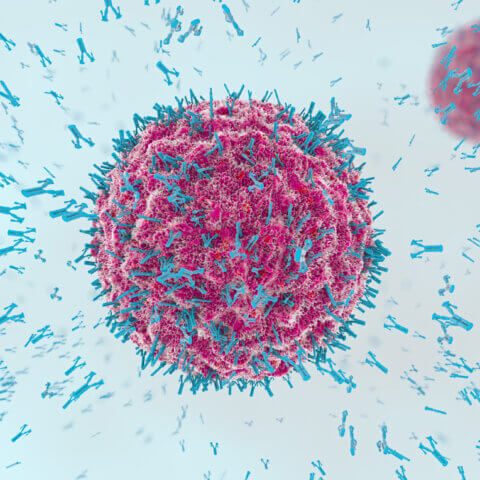Insights into the human genome have created myriad therapeutic opportunities for previously untreatable diseases. Gene therapy offers promise for addressing unmet medical needs across therapeutic areas and even the potential for curing certain genetically based conditions. As research tools and technology become more sophisticated, gene therapy development is accelerating at an unprecedented pace. According to the American Society of Gene & Cell Therapy, there are currently 19 gene therapies, including genetically modified cell therapies, approved for clinical use globally. Nearly 1,900 gene therapies are in development, of which 34 are in Phase 3 or pre-registration trials.
Gene therapy development is a complex endeavor, with evolving regulations and complicated study logistics. In this article, we explore the regulatory and clinical trial landscape for gene therapy trials and offer strategies for successfully negotiating the challenges of executing these studies.




